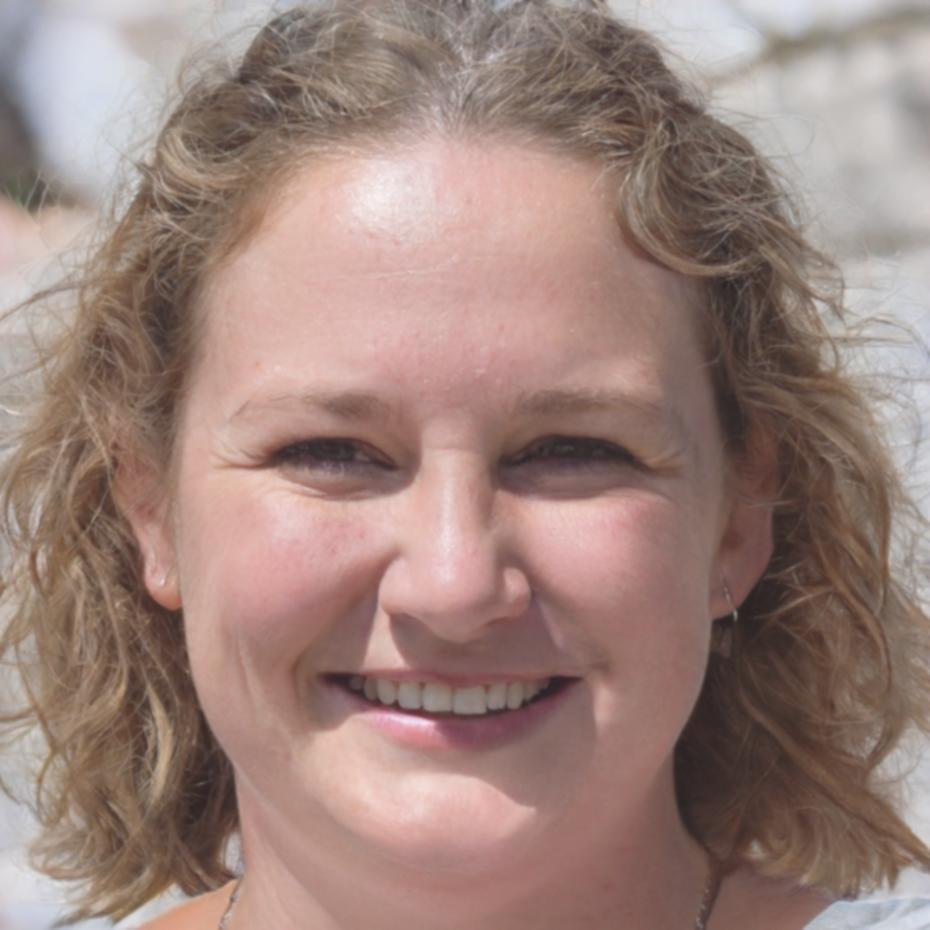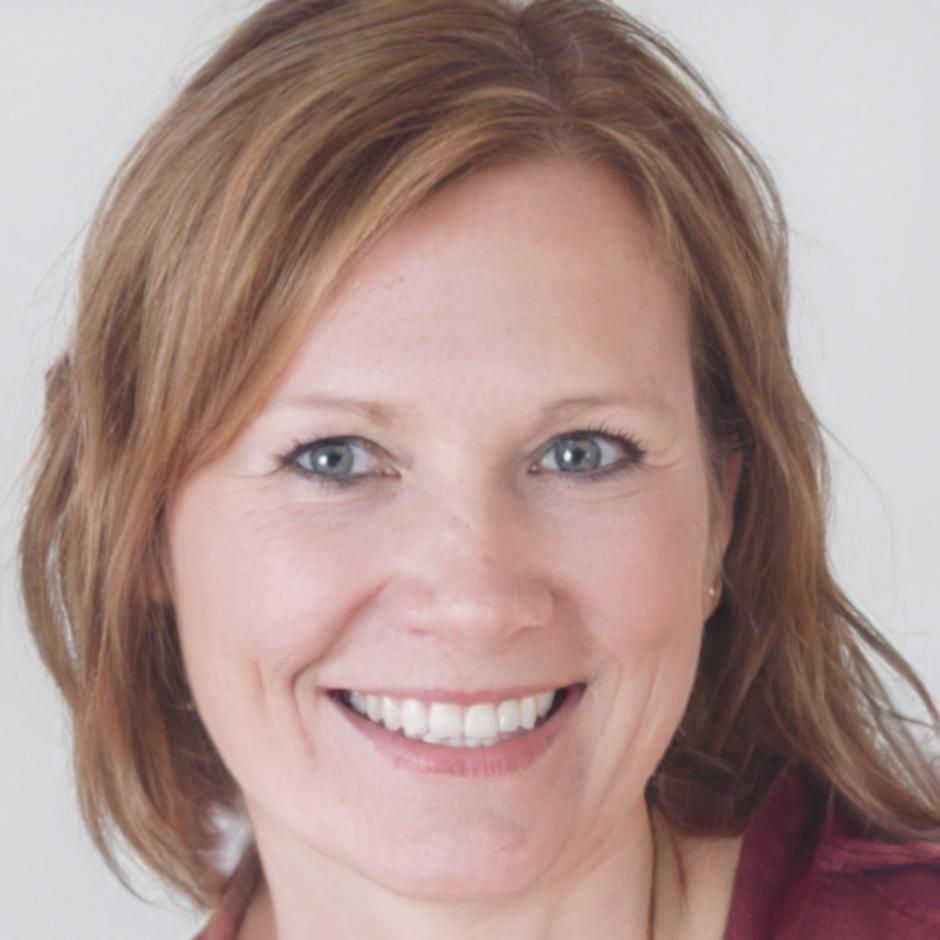Financial Communication That Actually Makes Sense
We've spent years watching people struggle with finance jargon and complicated frameworks. Our program strips away the confusion and focuses on what matters—clear communication about money that everyone can understand.
Start Your Journey
What You'll Learn Over Nine Months
Starting September 2025, we'll meet twice a week. Each session builds on the last, but you're not locked into a rigid sequence.
Financial Basics Without the Fluff
Understanding balance sheets and cash flow doesn't require an MBA. We break down the essentials so you can explain them to anyone—from board members to entry-level staff.
- Reading financial statements like you read a story
- Budget presentations that don't bore people
- Turning data into conversations
Talking Money Across Departments
Marketing speaks differently than operations. Finance has its own language. You'll learn how to translate between these worlds without losing meaning or creating tension.
- Adapting your message for different teams
- Handling pushback on budget decisions
- Building consensus around financial priorities
Crisis Communication
Things go wrong. Markets shift. Costs spike. We work through scenarios where you need to deliver bad news, explain changes, and keep teams focused during uncertainty.
- Delivering difficult financial updates
- Maintaining trust during transitions
- Managing stakeholder expectations realistically
Visual Communication
Charts can clarify or confuse. We explore how to present financial information visually in ways that support your message rather than complicate it.
- Choosing the right chart for your data
- Simplifying complex information
- Creating slides that enhance rather than distract
Email and Written Updates
Most financial communication happens in writing. We focus on crafting updates that get read, understood, and acted upon instead of buried in inboxes.
- Writing concise financial summaries
- Structuring reports for quick scanning
- Following up without nagging
Real Practice with Feedback
Theory only gets you so far. The second half of the program involves presenting, writing, and communicating while getting direct feedback from peers and instructors.
- Practice presentations in safe environment
- Peer review sessions for written work
- Building confidence through repetition

Clara Rutherford
Lead Instructor
Devon Sinclair
Senior FacilitatorWho's Teaching This?
Our Background
Clara spent twelve years at regional banks before moving into corporate training. She's seen what happens when finance teams can't explain their decisions—projects stall, budgets get misused, and frustration builds on all sides.
Devon came from the operations side of manufacturing. She learned financial communication the hard way, by making mistakes in front of executives and figuring out how to do better. Now she helps others skip that painful learning curve.
How We Actually Teach
We're not fans of lecture-heavy courses. After the first few foundational sessions, most of our time together involves you actually doing the work—presenting mock budgets, writing sample reports, handling simulated pushback.
- Small group sessions with maximum 15 participants
- Direct feedback on your specific communication challenges
- Recording your presentations so you can see your progress
- Office hours twice a month for individual questions
One thing we won't do: promise this will transform your career overnight or guarantee specific outcomes. What we can offer is a structured environment to practice skills that typically take years to develop through trial and error.